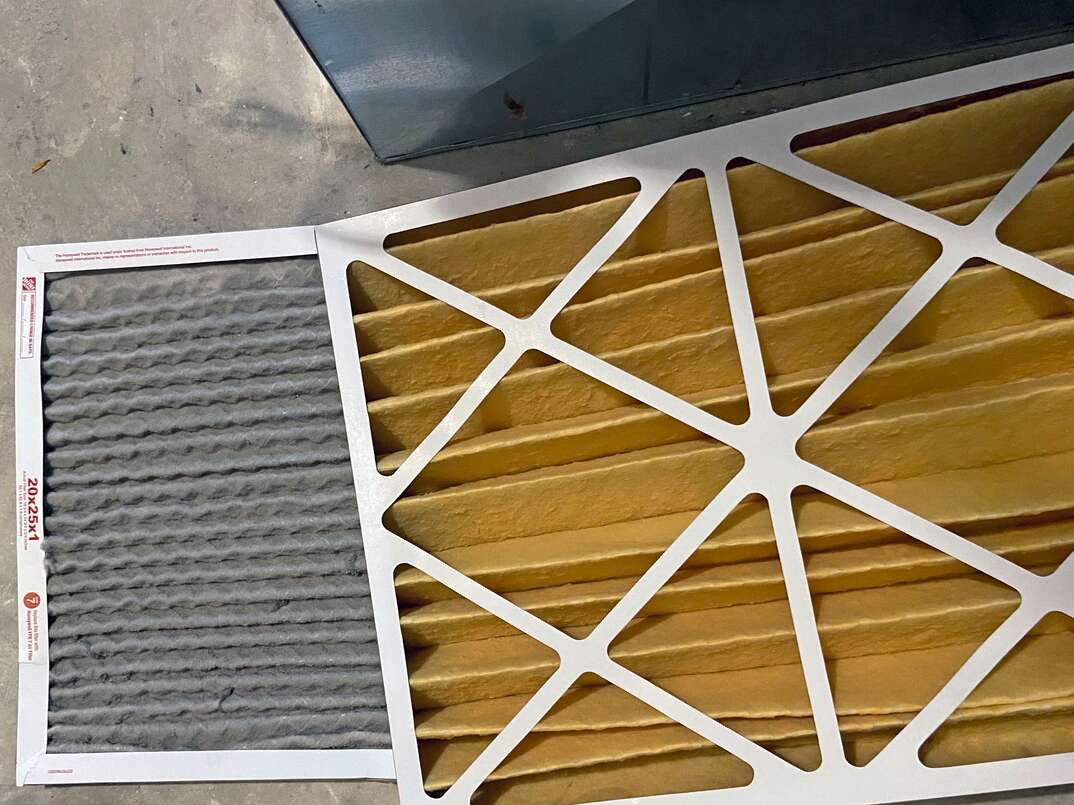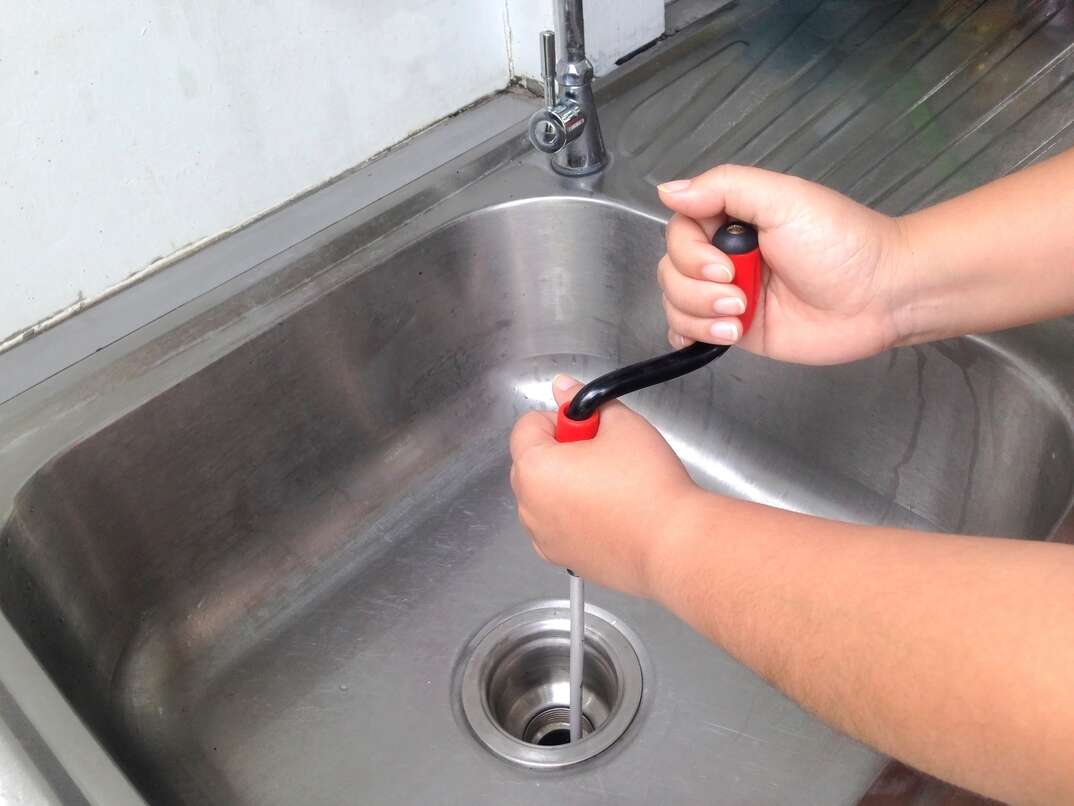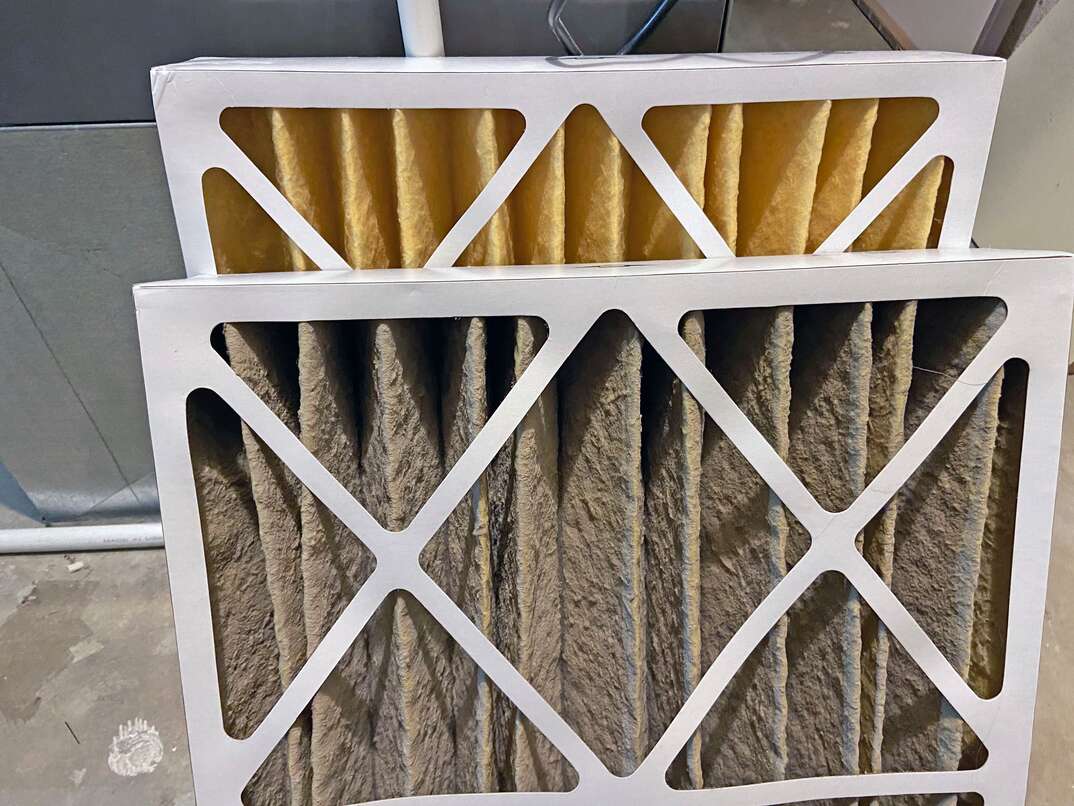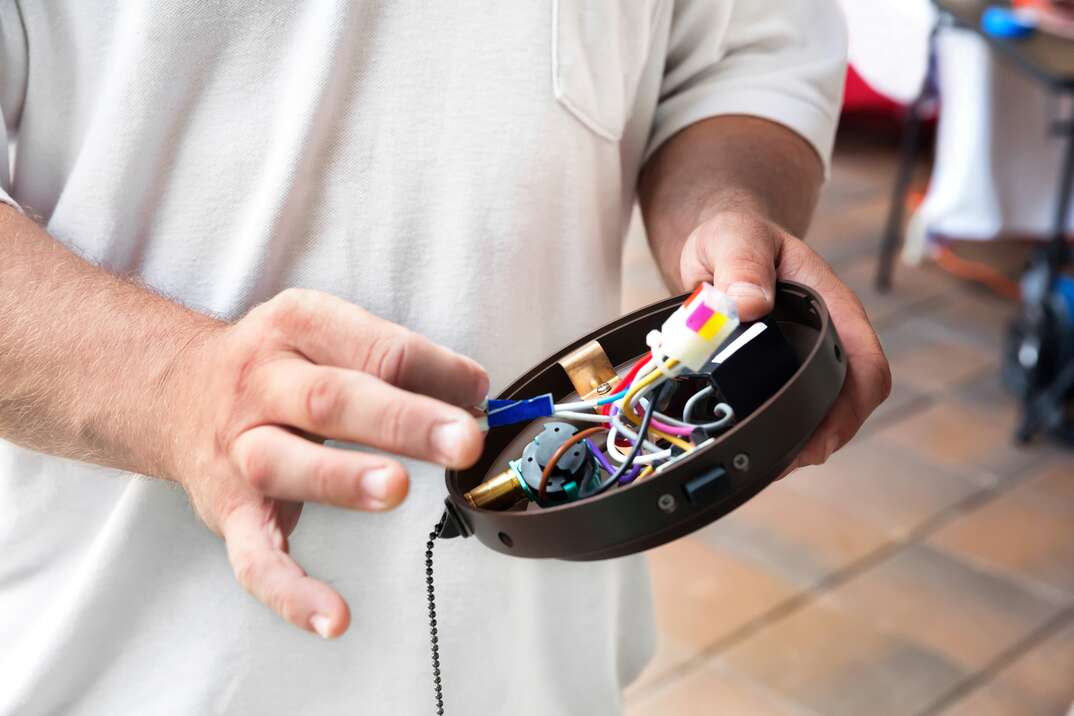Replacing Your HVAC Air Filter Is a Breeze! Follow These 7 Steps...
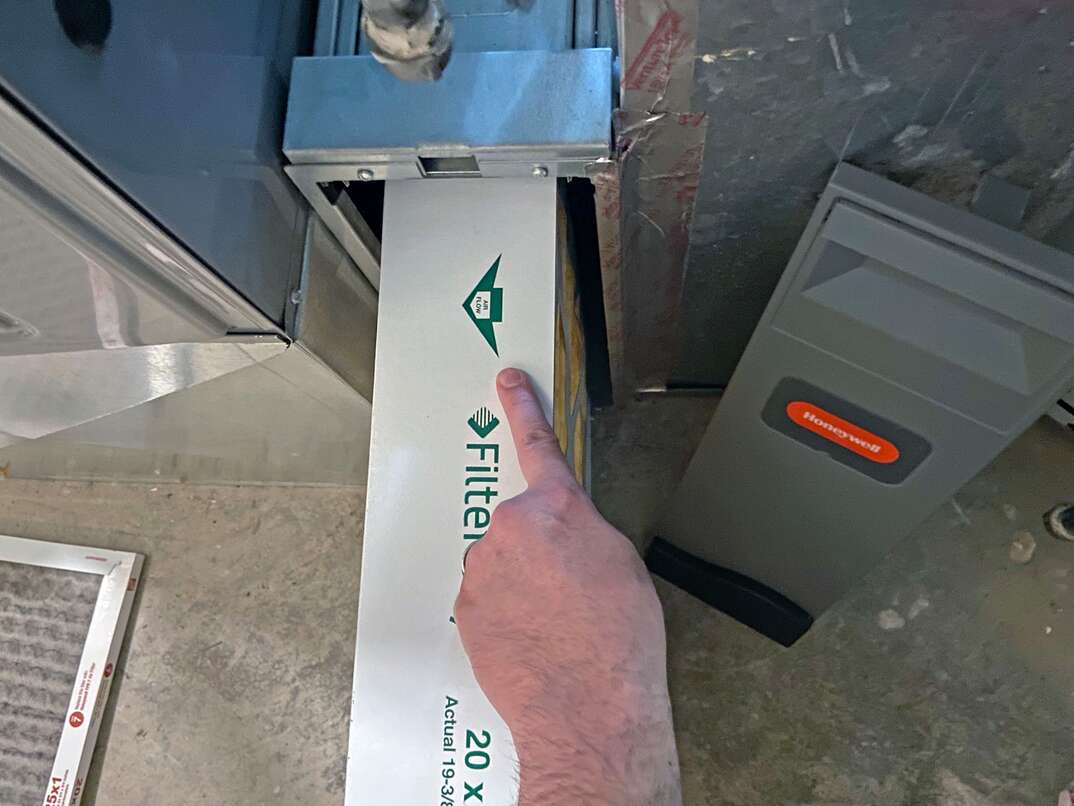
Air Filter Replacement at a Glance
- Step 1: Turn off HVAC unit
- Step 2: Remove filter from packaging
- Step 3: Unhook grille cover
- Step 4: Clean grille slats
- Step 5: Insert new filter
- Step 6: Replace grille
- Step 7: Switch unit back on
Air filters help you breathe easy. They’re basic components within home heating, ventilation and air conditioning systems designed to filter out dust, pollen and other substances found in the air. Over time, air filters can become clogged as they filter out these particles. When this occurs, it's important to change the filter if you want to avoid system failure and keep the air in your home clean.
This May Also Interest You: Is an Air Filter Subscription Service Worth the Cost?
Here’s why you need to change your air filters — and how to do it yourself.
Make Your Heating and Cooling System More Energy Efficient
If the filter within your home system becomes clogged, the efficiency of the system will be reduced. When particulates like dust, mold and pet dander are caught on the filter, less air can pass through. If you don't change a clogged filter, it can cause damage that is expensive to repair.
Avoid Problems by Changing Your Dirty Air Filters
The simplest way to avoid problems with your home system is by changing the filter once you identify that it can no longer filter air effectively. When you replace the filter regularly, you can reduce your energy bills, improve the quality of the air in your home and extend the life of the unit.
When dirt and dust build up, the filter will no longer be able to remove mold and allergens from your indoor air. This can worsen the quality of the air.
How Clogged Air Filters Can Damage Your System
When air filters become clogged, they can cause a lot of damage to your home system. If the filter becomes dirty, pressure can drop within the system itself, which may reduce the flow of air. In severe cases, air filtration may drop to zero, which indicates that the filter is completely clogged and won't allow any filtered air through.
When the flow of air throughout your home is reduced, your home system will need to work harder in order to keep your home cool or warm, which lessens the efficiency of the system. This uses more energy, which will show up on your monthly energy bill. In this situation, every mechanical component within the system will also be placed under more stress. This could cause your home system to malfunction altogether. A malfunctioning unit may need to be repaired or replaced altogether, which could cost hundreds or thousands of dollars.
In the event that the clogged filter in your home is exposed to condensation, it could become damp. The presence of this moisture may lead to the growth of mold, which can be hazardous to the health of everyone in your home. You can avoid the effects of a dirty filter by installing a new one on a regular basis.
How Often Should I Change the Air Filter?
You should change your air filter every three months, which should keep the filter from becoming too clogged. By replacing your filter at regular intervals, you should be able to avoid the need for costly repairs on your home system. However, certain circumstances may require you to change the filter more often. Replace your air filter once a month if:
- You smoke in your home
- You have one or more pets
- You have a fireplace
- Your family has many people (more dirt and dust)
- Your filter has become damp or damaged
More Related Articles:
- How Much Does It Cost to Replace an HVAC System?
- Do You Need a Zoned HVAC System?
- As the Seasons Change, So Should the Direction of Your Ceiling Fan
- Does Your Home Need a Whole-House Humidifier?
- When Should I Get My HVAC Tune-Up?
How Do I Change the Air Filter?
The process of changing and air filter should only take 10 to 15 minutes. However, replacing the filter can differ with each system, so make sure to look at the instructions for your specific unit and filter. Also, keep in mind that there are different sizes of HVAC air filters. These filters come with widths of 12 to 24 inches. The length of the filter can be anywhere from 12 to 36 inches. Before you start, be sure you have the correct size air filter for your unit.
The quality of each air filter can also differ. All filters come with some kind of performance rating, which describes how effectively the filters can remove small and large particles from the air. The best air filters will come with higher performance ratings from 8 to 10. At these ratings, you can expect the filter to remove large particles, small particles, smog, smoke, allergens and odors.
Before you purchase a filter, also consider the materials used in the filter, the number of gaskets it has and whether the filter will fit in your system. If you purchase an efficient air filter, you may be able to save money on a long-term basis.
After you buy a new air filter, use this step-by-step guide to replace your old one:
- Before you change the filter in your home system, turn the unit off. If you're unsure of how to do this, you can turn off the circuit breaker that's tied to the HVAC system.
- Remove the filter from its packaging and make sure it hasn't been damaged.
- Unhook the latch for the cover grille.
- The grille itself may be dirty and covered with air particulates, so clean the slats with a microfiber cloth or vacuum with a brush attachment.
- Insert the new filter, making sure it's oriented in the right direction. Every filter has colors or arrows that will make it clear how it needs to be installed.
- When the filter is securely in place, you should place the cover grille back in its original position and close the latch.
- Switch the unit back on.
Keep in mind this replacement guide specifically applies to air return ducts. The steps are slightly different when a filter is being replaced in an air handler cabinet or window AC unit.
With these tips in mind, you should be able to replace air filters with ease. However, there may be times when you need to call in an expert HVAC technician. If the unit won't turn back on, or if the fan is slow or making an excessive amount of noise, it’s best not to attempt a repair on your own.
With a plan from HomeServe, you can be prepared for expensive HVAC repairs. If you have a plan in place, you can call our 24/7 repair hotline for assistance with covered issues. See what plans are available near you.
